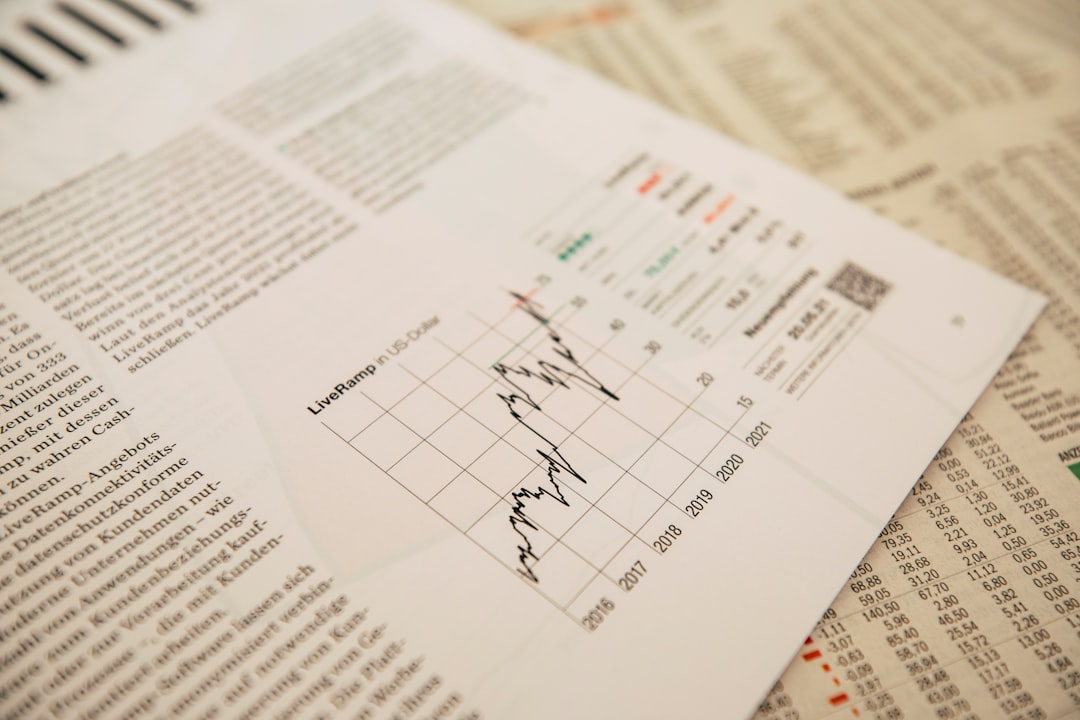So, you’ve got a million-dollar idea. Great! But no investor is going to say yes based on just vibes. You need data. More importantly, you need to use market data the right way in your pitch deck. Don’t worry, this isn’t rocket science. Let’s make it fun and simple!
Why Market Data Matters
Imagine you’re pitching your startup for a new fitness app. You tell investors it’s going to be huge. Okay, but why should they believe you? That’s where market data steps in. It shows your idea has legs. It proves there’s a crowd that wants what you’re offering.
Numbers tell a story – if you let them.
Step 1: Start Big – Market Size
Investors love to see big possibilities. That’s why you should start with the Total Addressable Market (TAM), Serviceable Addressable Market (SAM), and Serviceable Obtainable Market (SOM).
- TAM: How big is the entire pie?
- SAM: How much of that pie are you aiming at?
- SOM: How much can you realistically get right now?
Make it visual. A simple graph or pie chart does wonders here.

Step 2: Show Real Demand
Big market is cool, but is there real demand? This is where cool stats enter. Highlight recent trends, user behavior, and spending patterns. For example:
- “The global fitness app market hit $5 billion in 2023.”
- “Mobile health app downloads grew 25% last year.”
- “People aged 18-34 make up 60% of paying subscribers.”
See? Feels more convincing already.
Step 3: Use Competitor Data Wisely
Don’t be scared to mention competitors. It’s a good thing—they prove there’s demand. But use this section to show what they don’t do that you will.
- Who are the top competitors?
- What are their strengths?
- Where’s the gap in the market?
Use a comparison chart: You vs. Them. It’s clean and easy to read.

Step 4: Connect the Dots With Your Product
Now take that data and tie it to your own magic. You’ve shown there’s demand. You’ve shown what others miss. Now it’s time to explain how your solution fits perfectly.
Give them the “Aha!” moment:
- “People want X.”
- “Competitors don’t offer X.”
- “We deliver X better, faster, or cheaper.”
Step 5: Don’t Overload Slides
This is key. Don’t turn your slides into spreadsheets. Data is only helpful if people can understand it in a few seconds. Here’s how:
- Use one strong stat per slide.
- Pair with a graph, map, or icon.
- Minimal text. Let visuals talk.
Step 6: Say Where the Data Comes From
Always add the source. It makes you look smart and credible. Example:
Source: Statista 2023 or Source: Forbes Small Business Report
Step 7: Keep It Updated
Using a chart from 2017? Yikes. Make sure your data is from the last 12–24 months. Anything older feels stale—like old bread.
Updating your deck regularly with fresh numbers shows you’re staying sharp and on top of your game.
Bonus Tip: Tell a Story
Don’t just throw numbers at investors. Tell a story:
“When we saw that 58% of Gen Z struggles with budgeting apps, we knew there was a design problem—and that’s where we stepped in.”
Now the stat has emotion behind it. It becomes memorable.
Wrapping It Up
Using market data in your pitch deck doesn’t have to be dry or complex. It’s your chance to add color and confidence to your story. Just keep it real, be clear, and back it up with rock-solid sources.
Remember:
- Start big.
- Stay relevant.
- Make it simple.
If the data sings, your pitch will dance!








